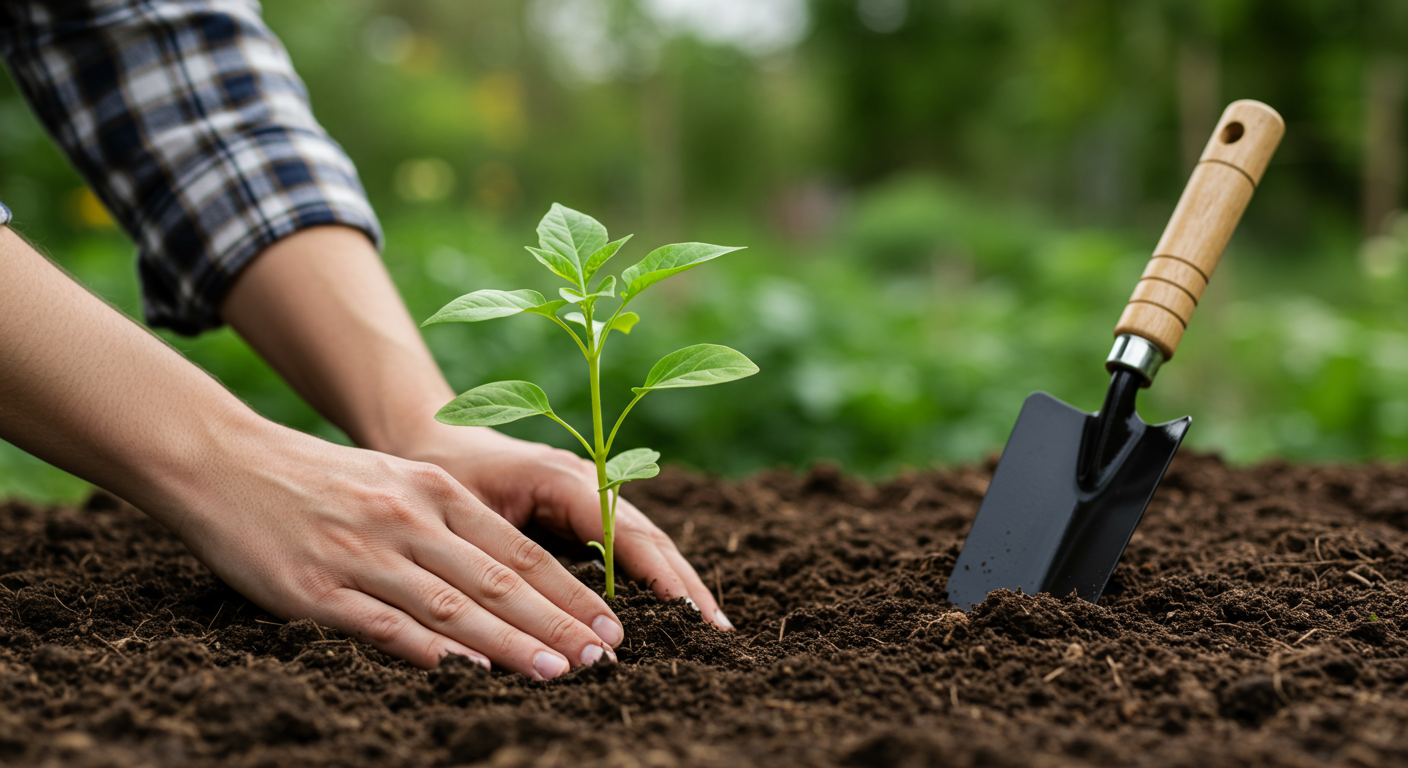Although it's best to transplant plants when they're just getting green in early spring or dormant in fall and winter, sometimes moving a plant in the summer must be done. Regardless of the type of plant you're moving, it's important to make sure you follow specific steps to achieve the best results.
Our real estate agents advise clients with
Chattanooga homes for sale on how to get their yards in tip-top shape for showing. They share some transplanting tips that can set you up for success.
Why Is It Harder To Move Plants In The Summer?
During the hot summer months, plants are actively growing, and their roots need to suck up lots of moisture. Disturbing a plant's roots interrupts the distribution of moisture throughout the plant, which can lead to it quickly drying out, and ultimately, dying.
Which Types Of Plants Can You Move?
Smaller shrubs and perennials such as oleander, juniper, Shasta daisies, and black-eyed Susans often do well when transplanted, even in the summer. Avoid digging up and replanting trees – if you try it, you'll most likely cut roots, and they'll die from the shock of transplanting. It's best to wait until they're dormant in winter or fall. You can also move bulbs such as irises, daffodils, and tulips that flower in the spring. Avoid moving bulbs that flower in the summer and fall until after their foliage is done blooming. Unless you're repotting annuals in containers, leave them where they are.
Transplanting Tips
Before uprooting any plant, dig an appropriately sized hole where you're going to transplant it. Make sure you give the plant's roots a good soaking the day before you move it. It's vital to keep the roots moist and covered – you never want to remove a plant from the ground and leave it exposed.
The best time to transplant is in the evening or on a day that's overcast and cool. Fill the new hole with water before you dig up the plant in its existing location. Before removing it, make sure to water it again, so the soil around it clings to the roots.
Once you've dug it up, put the plant into the new hole and fill it halfway with water, allowing the water to settle around the roots. There's no need to push or force the dirt down. Simply finish filling the hole with dirt and press it firmly into place. Water the plant again, including the leaves, but take care not to drown it. If you can, shield the plant from direct sunlight for several days with a material that reflects light.
Caring for Your Plant
It's a good idea to check the plant daily. It will need to be watered every day, even twice a day if the ground becomes dry or it's wilting. Larger plants will need more water than smaller ones. You'll need to do this for a few weeks, so don't move plants if you're planning on going on vacation or even out of town for a few days unless there's someone else who can keep a close eye on them. Following these steps can be a recipe for success, even in the hottest summer months.
Ready to find the Chattanooga home of your dreams? Whether you're buying or selling, our experienced real estate professionals can help.
Contact Us today to get started.












